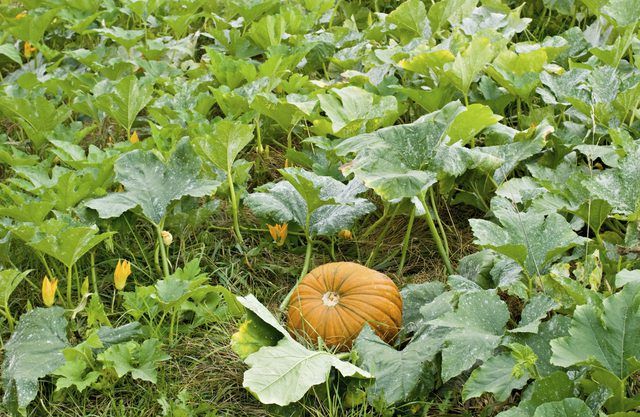Bulbs
Flower Basics
Flower Beds & Specialty Gardens
Flower Garden
Garden Furniture
Garden Gnomes
Garden Seeds
Garden Sheds
Garden Statues
Garden Tools & Supplies
Gardening Basics
Green & Organic
Groundcovers & Vines
Growing Annuals
Growing Basil
Growing Beans
Growing Berries
Growing Blueberries
Growing Cactus
Growing Corn
Growing Cotton
Growing Edibles
Growing Flowers
Growing Garlic
Growing Grapes
Growing Grass
Growing Herbs
Growing Jasmine
Growing Mint
Growing Mushrooms
Orchids
Growing Peanuts
Growing Perennials
Growing Plants
Growing Rosemary
Growing Roses
Growing Strawberries
Growing Sunflowers
Growing Thyme
Growing Tomatoes
Growing Tulips
Growing Vegetables
Herb Basics
Herb Garden
Indoor Growing
Landscaping Basics
Landscaping Patios
Landscaping Plants
Landscaping Shrubs
Landscaping Trees
Landscaping Walks & Pathways
Lawn Basics
Lawn Maintenance
Lawn Mowers
Lawn Ornaments
Lawn Planting
Lawn Tools
Outdoor Growing
Overall Landscape Planning
Pests, Weeds & Problems
Plant Basics
Rock Garden
Rose Garden
Shrubs
Soil
Specialty Gardens
Trees
Vegetable Garden
Yard Maintenance
Common Problems Fungicides Treat
When used properly, fungicide can be an effective tool against common fungal diseases such as powdery mildew, blight and root rot.

Although proper cultural care and sanitation are key to preventing common fungal diseases in plants, sometimes a home gardener needs a stronger weapon in her arsenal. When used correctly, fungicide can be an effective tool for dealing with stubborn infections. Always follow a fungicide's label instructions exactly; to do otherwise can harm the health of you, the plant and the environment.
Powdery Mildew
Powdery mildew is a common fungal disease that begins in spring when daytime temperatures rise above 60 degrees Fahrenheit, and it spreads by wind and splashing water. Symptoms begin as small, powdery white or gray spots on plants; the spots gradually grow, coating leaves, stems and flowers. Powdery mildew can survive on plant debris through winter and re-emerge when temperatures warm in spring.
If improving air circulation around plants and avoiding overhead irrigation is not enough to prevent powdery mildew in your garden, then consider using a fungicide. For the best control of the problem, apply fungicide as soon as the disease's symptoms appear. Fungicide products containing copper, myclobutanil, propiconazole, sulfur or thiophanate-methyl are effective against mildew.
Tip
If powdery mildew persists despite repeated spraying of fungicide, then try alternating the kinds of fungicide you use. Doing so will help keep the fungi from developing a resistance to the fungicide chemicals.
Botrytis Blight
Also called gray mold, botrytis blight is a common spring fungal disease that attacks flowers, buds, leaves and bulbs, causing brown spots and decay. After periods of cool, damp weather, gray mold may appear over rotten plant tissue. Like powdery mildew, botrytis blight can overwinter on dead plant matter and infect plants in spring via wind or splashing water.
If botrytis blight is consistently a problem in your garden, then an option to prevent the disease is to spray plants with a fungicide in early spring, before disease symptoms typically occur. Spray every 10 days, unless otherwise directed by the product label, with a fungicide containing captan, chlorothalonil, copper, mancozeb, maneb, sulfur or thiophanate-methyl.
Tip
If foliar fungal diseases such as powdery mildew and botrytis blight occur in late summer on deciduous plants, they probably won't cause significant damage to the plants, and treating them may not be necessary.
Regardless of time of year, collect and destroy foliage as it drops from affected plants to prevent the fungus from overwintering and reinfecting the plants in spring.
Root Rot
Many kinds of fungi can cause root rot, a potentially fatal soil-borne disease. Most root rot fungi thrive in wet conditions, causing symptoms such as slow growth, dead leaf margins, premature leaf yellowing and defoliation. Affected roots may appear brown or black rather than white, and thy may be limp and soft rather than firm and brittle.
Because so many kinds of root rot exist, the help of a county Cooperative Extension Service office, plant disease clinic or plant nursery may be needed to diagnose the specific root rot in your plants and to choose a course of action. Fungicide containing etridiazole, mefenoxam, metalaxyl, propiconazole, thiophanate-methyl or pentachloronitrobenzene, abbreviated PCNB, may be used to treat root rot.
Disinfect tools and footwear after handling plants with root rot to avoid spreading the pathogens to healthy plants. Use alcohol or a solution that is 10 percent bleach or detergent and 90 percent water for the disinfection.
Warning
Wear protective clothing, such as a long-sleeved shirt, long pants, socks, rubber shoes and rubber gloves, when mixing and applying fungicide. Store fungicide in a safe, secure location away from children and pets.
For more information on fungicides and how they work, see "How Do Fungicides Work?" and "Organic Fungicide Options."